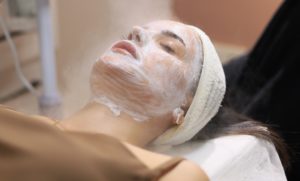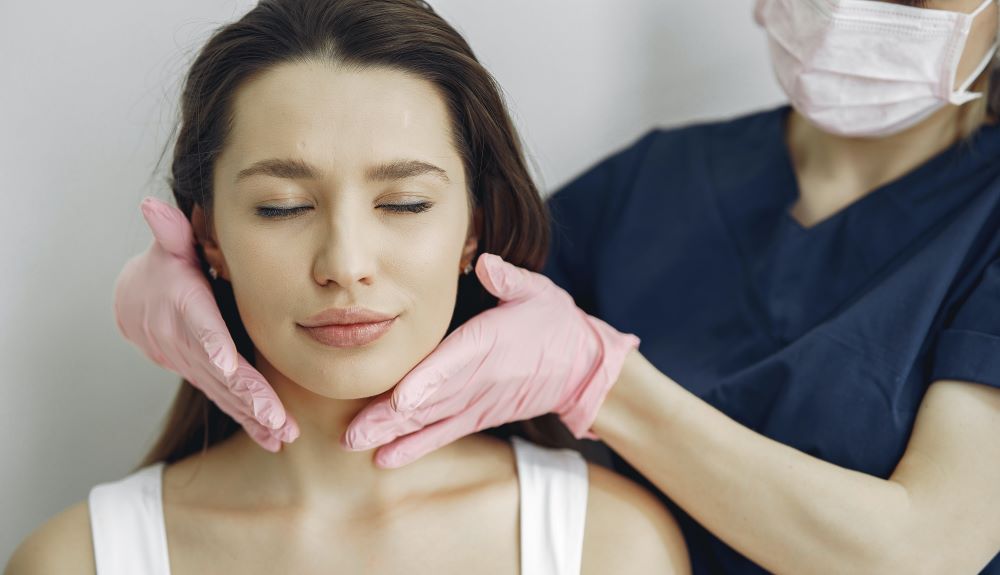Procedure Used to Remove Acne Scars?
Acne scars can be a persistent reminder of past skin troubles, affecting both physical appearance and self-confidence. Thankfully, advancements in dermatological procedures have provided viable solutions for individuals seeking to reduce or eliminate acne scars.
We will delve into various procedures used to remove acne scars, discussing their effectiveness, potential risks, and important considerations.
Chemical Peels: Unveiling Smoother Skin
Chemical peels are a popular treatment option for acne scars. This procedure involves the application of a chemical solution to the skin, causing controlled exfoliation and promoting the growth of new, healthier skin cells. The depth and intensity of the peel can be adjusted based on the severity of the scars.
Microneedling: Stimulating Skin Regeneration
Microneedling, also known as collagen induction therapy, is another effective procedure used to reduce acne scars. It involves the use of a device with tiny needles that create microchannels in the skin. This process stimulates the production of collagen, a vital protein that aids in skin regeneration. Microneedling can improve the appearance of acne scars by encouraging the growth of new tissue.
Laser Resurfacing: Precision and Renewal
Laser resurfacing is a highly targeted procedure that uses laser technology to remove damaged skin layer by layer. It helps to reduce the appearance of acne scars by stimulating collagen production and tightening the skin. Fractional laser resurfacing is a commonly employed technique that treats only a fraction of the skin, leaving surrounding tissue intact for quicker healing.
Dermal Fillers: Filling in the Gaps
Dermal fillers offer a non-surgical approach to address certain types of acne scars. This procedure involves injecting a gel-like substance into the depressed areas of the skin, elevating them to match the surrounding tissue. While dermal fillers provide temporary results, they can effectively minimize the appearance of pitted or rolling acne scars, improving skin texture and contour.
Subcision: Liberating Bound Scars
Subcision is a surgical technique used to treat tethered acne scars. During the procedure, a needle or blade is inserted beneath the scar tissue to break up the fibrous bands that are pulling the scar downwards. This releases the scar, allowing it to elevate and blend in with the surrounding skin. Subcision is often combined with other treatments for optimal results.
Punch Techniques: Targeted Scar Removal
Punch techniques involve removing individual acne scars using a punch tool. This method is suitable for ice pick scars, which are deep and narrow. Punch excision involves removing the scar completely and closing the wound with stitches. Punch elevation, on the other hand, preserves the base of the scar while lifting it to match the surface of the skin. These techniques provide targeted treatment for specific types of scars.
Dermabrasion: Refining Skin Texture
Dermabrasion is a procedure that involves the controlled removal of the top layers of the skin using a specialized rotating instrument. This technique helps to reduce the appearance of acne scars by smoothing out irregularities and promoting the growth of new, healthier skin. Dermabrasion is particularly effective for shallow scars and can be customized based on the individual’s needs.
Radiofrequency Microneedling: Combining Technologies
Radiofrequency micro-needling is a cutting-edge procedure that combines the benefits of micro-needling and radiofrequency energy. It involves the use of tiny needles that deliver radiofrequency energy to the deeper layers of the skin, stimulating collagen production and remodeling. This dual-action approach can effectively improve the appearance of acne scars, providing both textural and tightening benefits.
Cryotherapy: Freezing Away Scarring
Cryotherapy, or cryosurgery, is a technique that uses extreme cold to treat acne scars. Liquid nitrogen or another freezing agent is applied to the scar tissue, causing controlled destruction of the cells. This process stimulates the growth of new skin cells and collagen, resulting in smoother skin. Cryotherapy is particularly useful for raised or keloid scars, helping to flatten and reduce their prominence.
Combination Therapy: Maximizing Results
In many cases, a combination of procedures may be recommended to achieve the best results in scar removal. Dermatologists often customize treatment plans by combining different techniques based on the individual’s specific needs. For example, a combination of microneedling, chemical peels, and laser resurfacing might be used to address different types of acne scars in the same patient. Combination therapy allows for a comprehensive approach to scar removal and can optimize outcomes.

Acne scars can be distressing, but with the advancements in dermatological procedures, there are effective options available to reduce their appearance. Chemical peels, microneedling, laser resurfacing, dermal fillers, subcision, punch techniques, dermabrasion, radiofrequency microneedling, cryotherapy, and combination therapy all play a role in scar removal. The choice of procedure depends on factors such as scar type, severity, and individual preferences.
It is important to consult with a qualified dermatologist or skincare professional who can assess your specific needs and recommend the most appropriate treatment plan. They will consider factors such as your skin type, medical history, and desired outcomes to determine the best course of action.
While these procedures can yield significant improvements, it’s important to have realistic expectations. Complete scar removal may not always be possible, but the goal is to minimize the appearance of scars, improve skin texture, and boost self-confidence.
Remember, each individual’s experience with acne scars is unique, and what works for one person may not work for another. Patience and consistency are key as scar removal treatments often require multiple sessions over a period of time. With the right approach and professional guidance, you can embark on a journey towards smoother, more radiant skin and reclaim your self-assurance.
